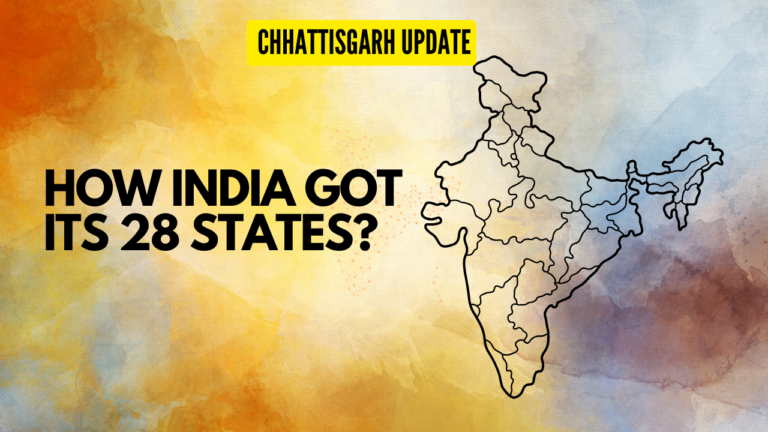Introduction
Durg district is a vibrant region located in the Indian state of Chhattisgarh. Known for its rich cultural heritage, religious significance, and industrial development, this district has much to offer. In this article, we will explore the key aspects of Durg district, including its geography, cultural diversity, and demographic composition.
Geography
Durg district spans an area of 2,238 square kilometers, making it one of the compact districts of Chhattisgarh. The district’s headquarters is the city of Durg. It is situated in central India and shares its borders with several neighboring districts:North: Bemetara
South: Balod
East: Raipur
Southeast: Dhamtari
West: Rajnandgaon
This central location makes Durg a significant hub in the state, facilitating trade, commerce, and cultural exchange.
Cultural and Religious Significance
Durg district is renowned for its religious diversity and important religious sites. Among the notable religious attractions are:
Ganga Maiyaat Jhalmala: This is the principal Hindu temple in the district and holds great religious significance. It attracts pilgrims from various parts of India.
Uwasaggaharam Parshwa Teerth: Situated near Durg, this Jain shrine is another significant pilgrimage destination that draws devotees.
Langurveer Mandir: Durg is home to the Langurveer Mandir, which is the only Hindu temple devoted to God Langoorveer in India. This unique religious site adds to the district’s cultural heritage.
Bhilai Steel Plant: The town of Bhilai, located within Durg district, is known for housing the Bhilai Steel Plant. This industrial complex is one of the largest steel plants in India, contributing significantly to the region’s economy.
Demographics
The demographic composition of Durg district reflects its cultural diversity. As of the 2011 census, the district had a population of 3,343,872 people. This makes it comparable in population size to countries like Uruguay or US states like Connecticut. The district has a population density of approximately 319 inhabitants per square kilometer.
Key demographic statistics:
Religion: Hinduism is the predominant religion in Durg district, with 91.41% of the population adhering to this faith. Other religions represented include Islam (4.02%), Sikhism (1.26%), Christianity (1.25%), Buddhism (0.91%), Jainism (0.72%), and various other faiths (0.43%).
Urban Population: A significant portion of the district’s population resides in urban areas. Out of a total population of 1,721,948, 64.15% live in urban areas. The urbanization of Durg district is a testament to its growing industrial and economic activities.
Scheduled Castes and Scheduled Tribes: Scheduled Castes make up 14.26% of the population, while Scheduled Tribes constitute 5.88%. These communities play an essential role in the district’s social fabric.
Languages
Languages spoken in Durg district reflect its linguistic diversity. At the time of the 2011 Census of India, the major languages spoken in the district included:Chhattisgarhi: Spoken by 58.89% of the population.
Hindi: Spoken by 25.02% of the population.
Telugu, Odia, Marathi, Bhojpuri, Bengali, and Punjabi: These languages, along with others, collectively accounted for 16.09% of the population.
Conclusion
Durg district in Chhattisgarh is a melting pot of culture, religion, and industrial development. From its religious sites that attract pilgrims to its growing urban areas and linguistic diversity, the district embodies the essence of central India. As it continues to evolve and develop, Durg district remains a vital contributor to the state’s cultural and economic landscape.



